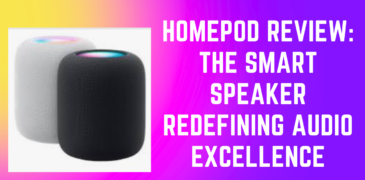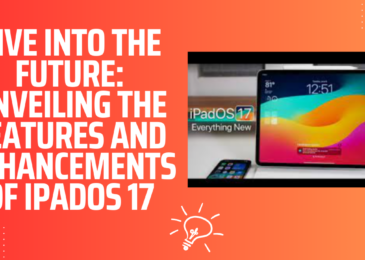Design and Build: Aesthetic and Functional Improvements
The new HomePod boasts a slightly more compact design, standing at around 7 inches in height. Notably, it features a larger screen on top, complemented by integrated volume control buttons. The addition of a removable power cable addresses the previous model’s limitations, allowing for more flexible placement in various furniture setups. Apple offers the HomePod in two colors: White and Midnight, with Midnight being a darker black shade. Some users have reported issues with the white model leaving rings on wooden surfaces, although this may not be a universal problem.
Intuitive Voice Control: Enhanced Siri Interaction
Activating Siri is as simple as saying “Hey Siri,” prompting the voice assistant to respond with a colorful plasma display on the top screen. This feature offers an intuitive and engaging way to interact with the HomePod.
Improved Cable Management: Convenience for Custom Furniture
The introduction of a removable power cable addresses a common concern, especially for those with custom furniture arrangements. Users can now easily route the power cable through small holes or gaps in their furniture setups.
Color Options: Aesthetic Choices
The HomePod is available in two colors: White and Midnight. While both options offer a sleek and modern look, some users may prefer the darker Midnight color due to its resistance to visible dust and wear and tear over time.
These design and build enhancements contribute to a more user-friendly and versatile smart speaker experience.
Effortless Setup: Seamlessly Get Started
Setting up the new HomePod is a straightforward process, making it accessible to users with late-model iPhones running the latest software. By simply holding your iPhone close to the HomePod, it quickly recognizes the device and initiates the setup. During this process, you specify the room in which the HomePod is located. It’s important to note that Apple Music is the primary supported music service, with limited compatibility for alternatives such as Pandora, Deezer, TuneIn Radio, and iHeartRadio. While AirPlay offers a workaround for unsupported services, it’s less convenient and requires guests to have iPhones.
Siri’s Voice Search: Room for Improvement
Siri’s voice search capabilities are a mixed bag. It tends to favor certain artists and may not always accurately interpret user requests, occasionally leading to unintended song choices. For instance, asking Siri to play “Good Morning” by the British indie band Good Morning may result in it playing “Good Morning” by Ye. Other virtual assistants like Alexa and Google Assistant often perform more reliably in this regard. However, Siri excels at responding to basic tasks like setting timers and providing weather information.
Microphone Performance: Impressive Wake Capability
Despite having two fewer microphones compared to the previous HomePod, the included microphones work exceptionally well in waking Siri. The device can detect voice commands even when spoken from a different direction in the room, even while music is playing. This robust wake capability ensures that user interactions with the smart speaker are consistently reliable.
Support for Matter Protocol: Enhanced Compatibility
Both HomePod models now support the Matter protocol, an open-source standard for smart devices. This expanded compatibility means that the latest smart devices can seamlessly integrate with the HomePod, enhancing its functionality within your Apple Home ecosystem.
These aspects of the HomePod’s performance and compatibility offer insights into its user-friendliness, voice assistant capabilities, and smart device integration.







